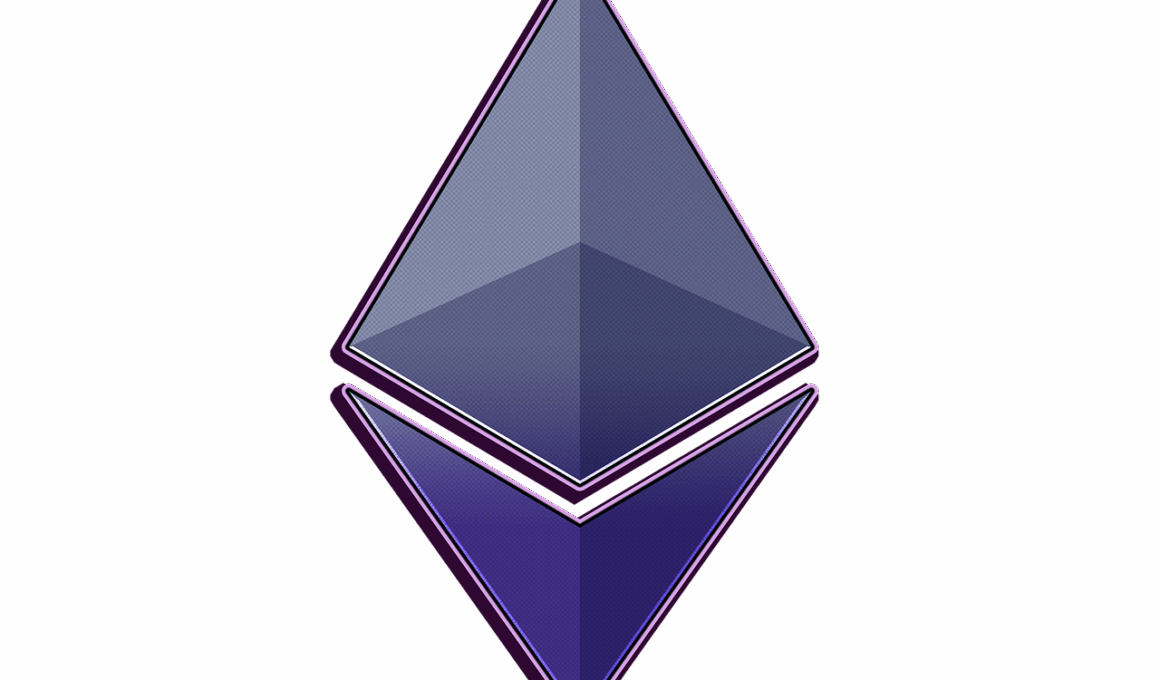Ethereum Tokens Explained: ERC-20, ERC-721, and More
Ethereum is a decentralized platform that enables developers to create and deploy smart contracts and decentralized applications. Among the most significant contributions of Ethereum are its token standards, which allow for the creation of various tokens on the Ethereum blockchain. The two primary standards are ERC-20 and ERC-721, each serving distinct purposes. ERC-20 is widely used for creating fungible tokens, meaning each token is interchangeable with another of the same kind. This standard provides a common protocol that facilitates seamless interaction among tokens and decentralized applications, making it a cornerstone of the Ethereum ecosystem. Various projects have implemented the ERC-20 standard to launch their tokens during Initial Coin Offerings (ICOs), establishing a new method of fundraising. In contrast, ERC-721 focuses on non-fungible tokens (NFTs) that represent ownership of unique digital assets, making it a game-changer in the art and gaming industries. NFTs are identifiable and cannot be exchanged on a one-to-one basis, allowing for distinct ownership where the value is derived from scarcity and uniqueness.
Understanding ERC-20 Tokens
ERC-20 tokens are among the most commonly used cryptocurrencies within the Ethereum network. They enable developers to issue their own tokens with ease, allowing greater flexibility in fundraising and creating decentralized applications. Each ERC-20 token follows a standardized set of rules that dictate how these tokens can be transferred, how users can access data related to them, and the conditions surrounding their creation. These stipulations promote compatibility between different tokens and applications, helping to create a dynamically interconnected ecosystem. Because of their standardized nature, wallets and exchanges can easily accommodate them, increasing their accessibility and adoption rate. As a popular example, Tether (USDT) operates as an ERC-20 token, providing a stablecoin option on Ethereum’s blockchain. The integration of ERC-20 tokens in decentralized finance (DeFi) solutions has further amplified their importance. Users can lend, borrow, and trade these tokens in various liquidity pools, enabling more innovative financial services. With significant investment and creative applications, ERC-20 tokens continue to play a vital role in the growing crypto marketplace and wider financial ecosystems.
The ERC-721 standard helps to create non-fungible tokens (NFTs) that have opened new avenues for digital ownership. Unlike ERC-20 tokens that are fungible, meaning they are interchangeable with one another, ERC-721 tokens represent unique items like art, collectibles, and in-game assets. Each of these tokens contains distinct information, verifying ownership and authenticity. This makes them particularly appealing to artists, gamers, and content creators seeking to monetize their work in the digital space. Platforms like OpenSea utilize the ERC-721 standard to facilitate the buying and selling of NFTs, making it easier for creators to gain exposure and potential profits from their projects. Moreover, blockchain’s transparent and immutable nature amplifies the value of these digital assets, as each transaction is securely recorded on the chain. NFT marketplaces built around ERC-721 tokens have surged in popularity, with some pieces selling for millions of dollars. However, concerns about copyright infringement and environmental impacts pose challenges to their widespread acceptance. As the technology evolves, ERC-721 tokens will need to adapt to address these issues effectively while maintaining their unique offerings.
Comparing ERC-20 and ERC-721
When comparing ERC-20 and ERC-721 tokens, emphasis lies on their core attributes and use cases. ERC-20 tokens are ideal for applications requiring fungibility, meaning each token’s value is equivalent, making transactions straightforward and easy to execute. Conversely, ERC-721 tokens focus on the uniqueness of individual tokens, allowing for specialized applications that require distinctive items. While ERC-20 tokens support mass adoption in various decentralized applications, ERC-721 tokens cater to niche markets focused on digital ownership. The marketplaces for these tokens exhibit different characteristics. ERC-20 tokens often trade on exchanges with liquidity, facilitating fast transactions and price discovery. Meanwhile, ERC-721 tokens generally trade at a slower pace due to their uniqueness, often involved in auctions or peer-to-peer sales rather than instant transactions. Furthermore, the use cases of each standard largely diverge; ERC-20 tokens are primarily utilized for digital currencies and utility tokens, while ERC-721 is favored in arts, gaming, and collectibles. Understanding these differences is integral for anyone looking to invest in or develop applications based on Ethereum’s robust token ecosystem.
Beyond ERC-20 and ERC-721 standards, Ethereum supports several other token types that enhance its versatility. Notably, ERC-1155 emerges as a significant improvement, allowing users to create both fungible and non-fungible tokens within a single contract. This was designed to reduce the costs associated with minting tokens while enhancing the user experience. With ERC-1155, game developers can offer various items, some being unique (like rare collectibles), and others being fungible (like currencies) without requiring separate contracts for each type. This technology directly addresses the inefficiencies in token creation within the Ethereum ecosystem. Additionally, projects like Decentraland utilize ERC-1155 tokens to create a diverse array of digital assets within their virtual world, which users can trade or utilize as part of their experience. As these innovations evolve, the flexibility of token standards allows Ethereum to address emerging market trends and user demands in the blockchain landscape. The introduction of hybrid standards points towards a future where token creation and management become increasingly sophisticated, allowing users to engage with digital assets in new and innovative ways.
The Impact of Ethereum Tokens on Cryptocurrency Economics
The introduction of Ethereum tokens has significantly influenced the overall dynamics of cryptocurrency economics. As the first blockchain to implement smart contracts, Ethereum laid the groundwork for decentralized finance (DeFi), which prioritizes eliminating intermediaries in financial processes. By enabling the creation of various token standards like ERC-20 and ERC-721, Ethereum catalyzed innovation in how value and digital assets are perceived in the online ecosystem. This revolution led to the rise of decentralized exchanges (DEXs), allowing users to trade tokens without relying on traditional financial institutions. Furthermore, the widespread adoption of ERC-20 tokens saw massive growth in Initial Coin Offerings (ICOs), which reshaped fundraising methods for new projects. As these practices evolved, they also brought regulatory scrutiny, posing challenges for projects that do not adhere to legal frameworks. The ongoing expansion of the DeFi landscape is primarily attributed to the widespread use of Ethereum tokens, which empower a wide range of financial services, lending, and innovations. This reshaping of economic structures highlights Ethereum’s crucial role in fostering market efficiencies and broadening access to financial products and services.
Looking towards the future, the Ethereum token ecosystem is poised for continuous growth and innovation. With the ongoing developments in the Ethereum network, notably Ethereum 2.0, improvements in scalability and energy efficiency are expected. This upgrade intends to transition from a Proof of Work (PoW) to a more sustainable Proof of Stake (PoS) consensus mechanism. As transaction speeds and costs improve, this will likely accelerate the adoption of various token standards, including ERC-20 and ERC-721. Additionally, developers are exploring layer-2 scaling solutions to further enhance the network’s capacity to handle a higher volume of transactions. Emerging features like sharding will allow multiple transactions to be processed simultaneously, minimizing congestion. As a result, more businesses will look to integrate Ethereum-based tokens in their operations. Furthermore, the growing popularity of NFTs suggests an increased interest in unique digital assets, driving innovation in how these tokens are created and traded. The future of Ethereum tokens promises exciting possibilities that will redefine digital ownership, transaction efficiencies, and the overall landscape of decentralized finance.


